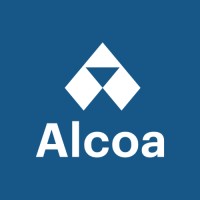
Wheaton Precious Metals
Wheaton is the world’s premier precious metals streaming company with the highest-quality portfolio of long-life, low-cost assets. Its business model offers investors leverage to commodity prices and exploration upside but with a much lower risk profile than a traditional mining company. Wheaton delivers amongst the highest cash operating margins in the mining industry, allowing it to pay a competitive dividend and continue to grow through accretive acquisitions. As a result, Wheaton has consistently outperformed gold and silver, as well as other mining investments. Wheaton creates sustainable value through streaming. Please refer to our Social Media Engagement Guidelines: http://ow.ly/H5CY30bOiYZ






